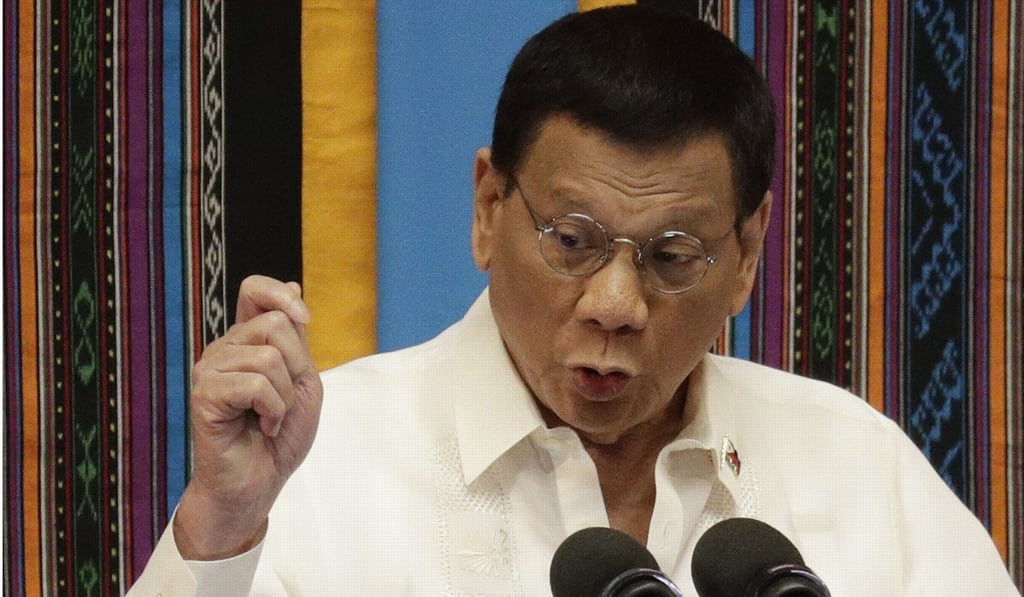Solution to Manila’s ‘monster’ traffic jams? 24-hour schools and banks, Duterte’s spokesman says
- The Philippine president is under pressure to make good on an election promise to cut chronic congestion on Metro Manila ring road Epifanio de los Santos Avenue
- But transport experts say poor public transport, politics and traffic experiments that favour the rich have made the task a tall order

Panelo claimed it would cut daytime congestion by reducing the number of people outside: “Can you imagine if their activities are made 24 hours, then half of the people would be out at nighttime and the other half during the day.”
Senators suggested commuters in the 620 sq km metropolis make more journeys on foot, saying the government could set aside money in next year’s budget to build a collection of elevated walkways.
Grace Poe, who chairs the Senate’s committee on public services, said walking would both get the city moving and have health benefits.
The solutions have been offered amid grumbles among residents of the world’s 18th largest city about the latest failed experiment by the Metro Manila Development Authority (MMDA) to cut congestion on Epifanio de los Santos Avenue (EDSA), a major highway that circles the capital.
